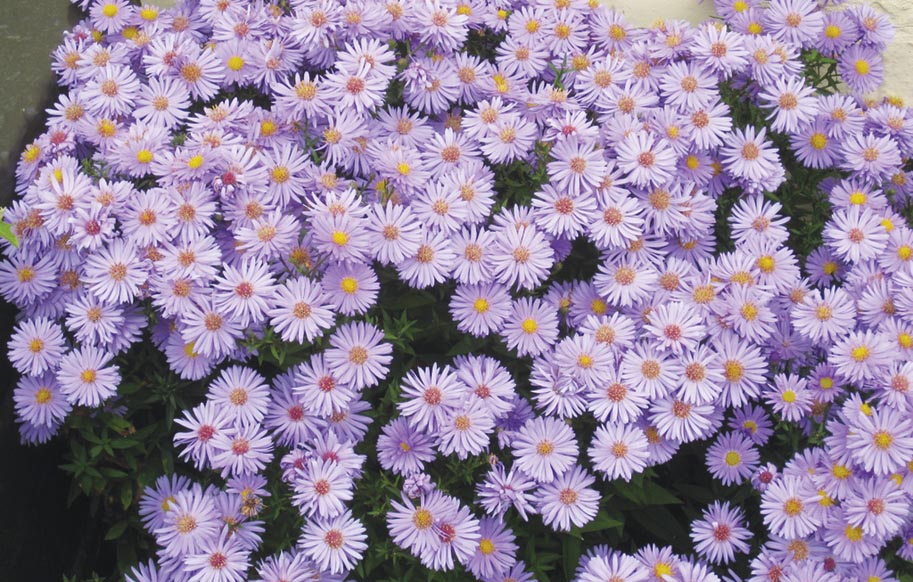 Michaelmas, also known as the Feast of Michael and All Angels, has been celebrated for centuries on September 29 each year – although these days not many people outside of the church or farming communities might be aware of it…
Michaelmas, also known as the Feast of Michael and All Angels, has been celebrated for centuries on September 29 each year – although these days not many people outside of the church or farming communities might be aware of it…
As it falls near the equinox, the day is associated with the beginning of autumn and the shortening of days, and in England, it is known as one of the “quarter days”.
There are traditionally four “quarter days” in a year (Lady Day on March 25, Midsummer on June 24, Michaelmas on September 29 and then Christmas on December 25.
Spaced three months apart these special dates effectively section the year into four neat quarters, and coincide with religious festivals.
In previous centuries, they were the four dates on which servants were hired, rents became due or leases were started – and possibly the reason why the financial world to this day thinks in ‘quarters’ of the year.
It used to be said that the harvest had to be completed by Michaelmas – essentially marking of the end of the productive season and the beginning of the new cycle of farming. It was the time at which land was exchanged and debts were paid.
Interestingly, this is also how Michaelmas came to be the time for electing magistrates and also the beginning of legal and university terms.
St Michael, after whom the festival is named, is seen as an angelic warrior, protecting against the dark of the night. As Michaelmas is the time that the darker nights and colder days begin – with the move towards winter – the celebration of Michaelmas is associated with encouraging protection during these dark months.
It used to be believed that negative forces were stronger in darkness and so families would require stronger defences during the later months of the year.
Traditionally, a well fattened goose, fed on the stubble from the fields after the harvest, would be eaten to protect against financial need in the family for the next year; and there was a popular old saying that went:
“Eat a goose on Michaelmas Day,
Want not for money all the year”.
This is why the day was also known as ‘Goose Day’ and goose fairs were held. Even now, the famous Nottingham Goose Fair is still held on or around the 3rd of October.
The festival is also associated with the pretty purple Michaelmas Daisy, which flowers late in the growing season between late August and early October, and provides colour to gardens at a time when most other flowers are coming to an end.
The daisy is probably associated with this celebration because St Michael is seen as a protector from darkness and evil – just as the daisy fights against the advancing dark of autumn and winter.



